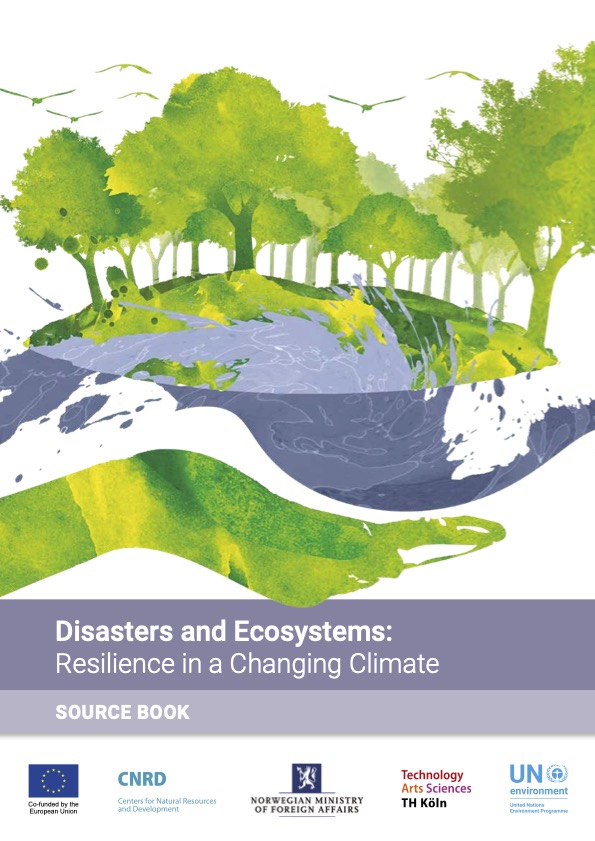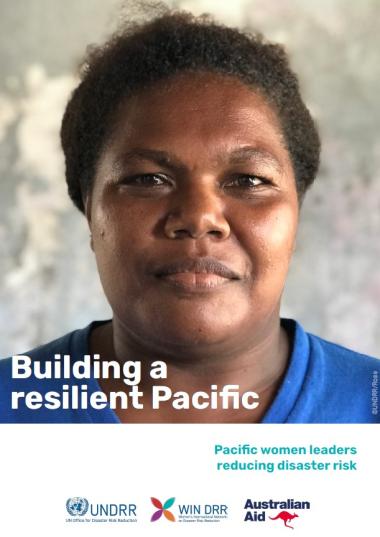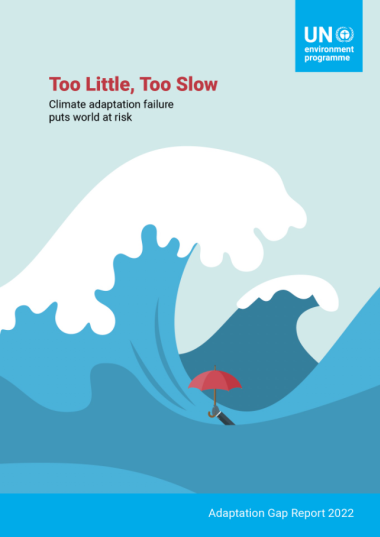

Source Book
Disasters kill people, destroy infrastructure, damage ecosystems and undermine development, and could increase in frequency due to climate change. There is a need for increased awareness on the latest advances in disaster risk reduction (DRR) and climate change adaptation (CCA). A significant advancement is a better understanding of ecosystem-based approaches for reducing disaster risks and adapting to climate change.
This book explains the importance of ecosystems and their management for DRR and CCA and provides guidance to plan and implement ecosystem-based disaster risk reduction and climate change adaptation (Eco-DRR/EbA). The international policy field acknowledges the need to improve resilience through improving, maintaining and managing ecosystem function with a number of mentions and mandates in several important agreements, such as the Sendai Framework for Disaster Risk Reduction 2015-2030 (SFDRR), the United Nations Framework Convention on Climate Change (UNFCCC), and the Convention on Biological Diversity (CBD).
We hope that readers of this source book will retain a few key messages about Eco-DRR/EbA and its core principles. These include: providing multiple benefits and offering a no-regrets strategy. Furthermore, ecosystem-based approaches to DRR/CCA are often more cost-effective over time than grey infrastructure alone, although in some cases, grey-green infrastructure combinations are the most optimal.
And finally, gender-sensitive Eco-DRR/EbA is fundamental to transformational resilience, or resilience which leads to sustainable reduction of disaster risks. Our book concludes that there are still knowledge gaps and challenges to mainstreaming Eco-DRR/EbA, not the least being how to scale-up investments in ecosystems for DRR/CCA from a locally specific project to generalisable guidelines. This is indeed one of the main challenges of Eco-DRR/EbA: for example, vegetation that reduces erosion in one locality may not work in another. Nevertheless, this book aims to provide answers to overcome some of these gaps and challenges. It also challenges readers to engage in new research, find ways to incorporate Eco-DRR/EbA in development planning and join the growing community of practice working to advance this emerging field.

